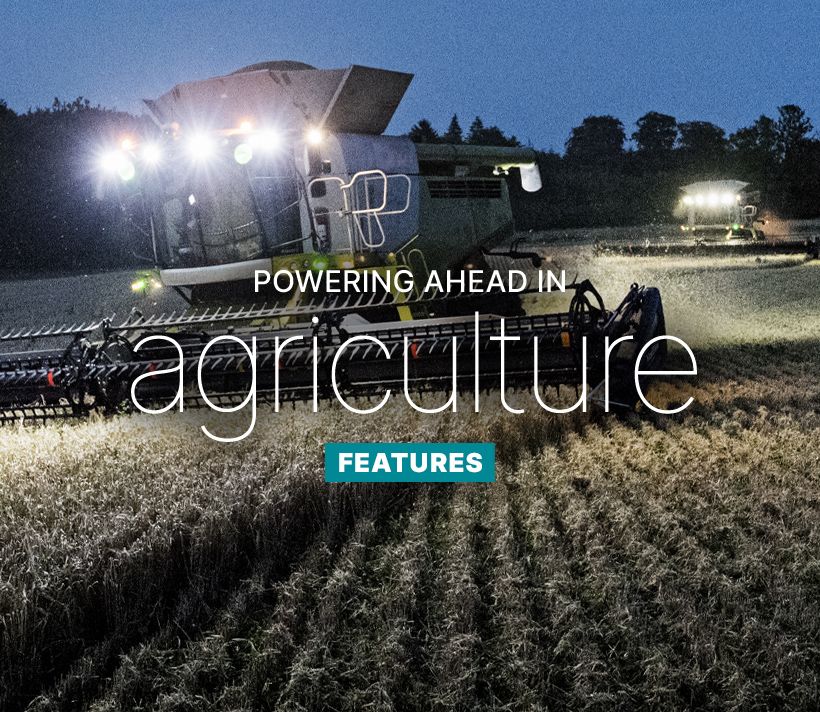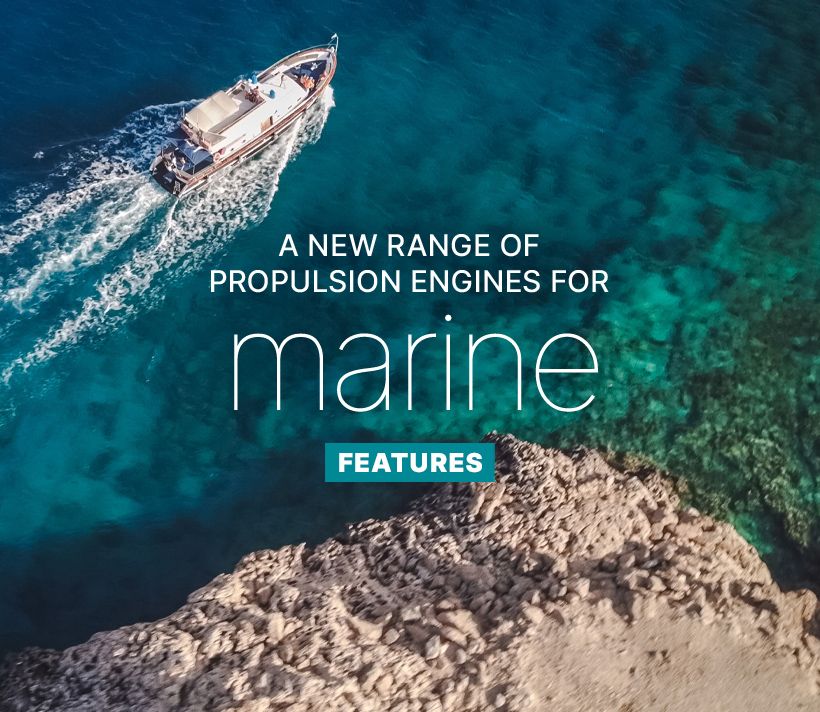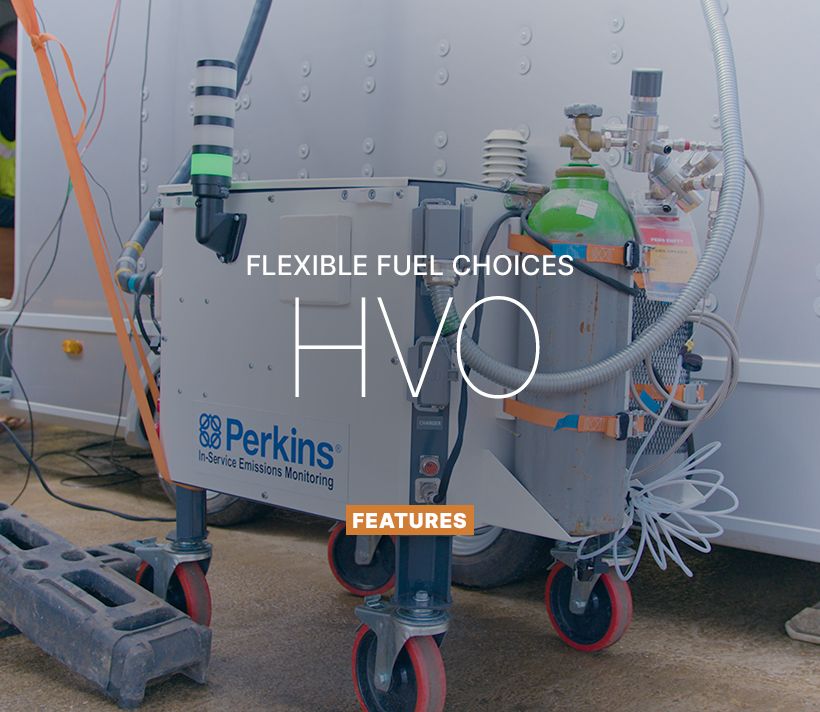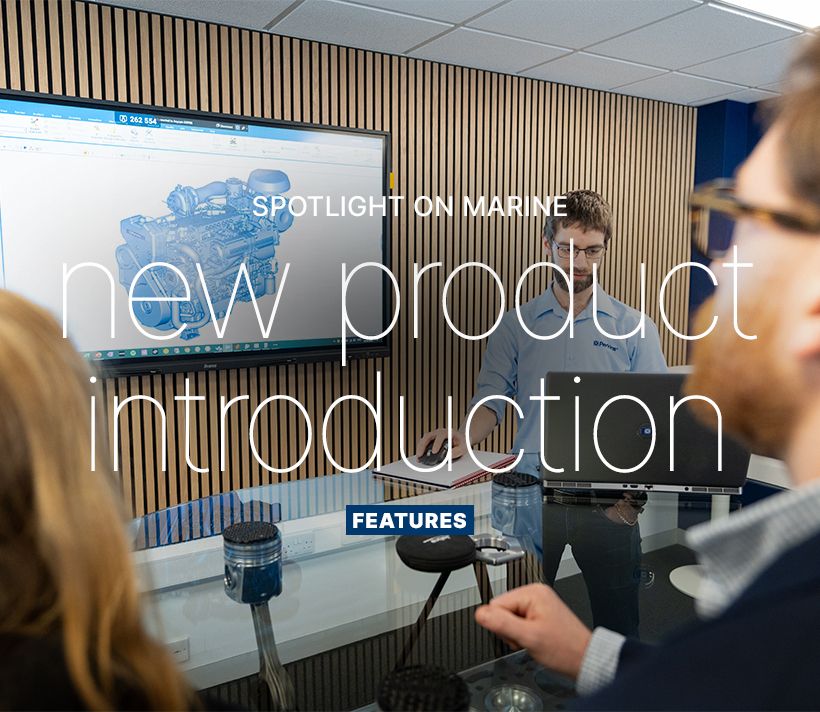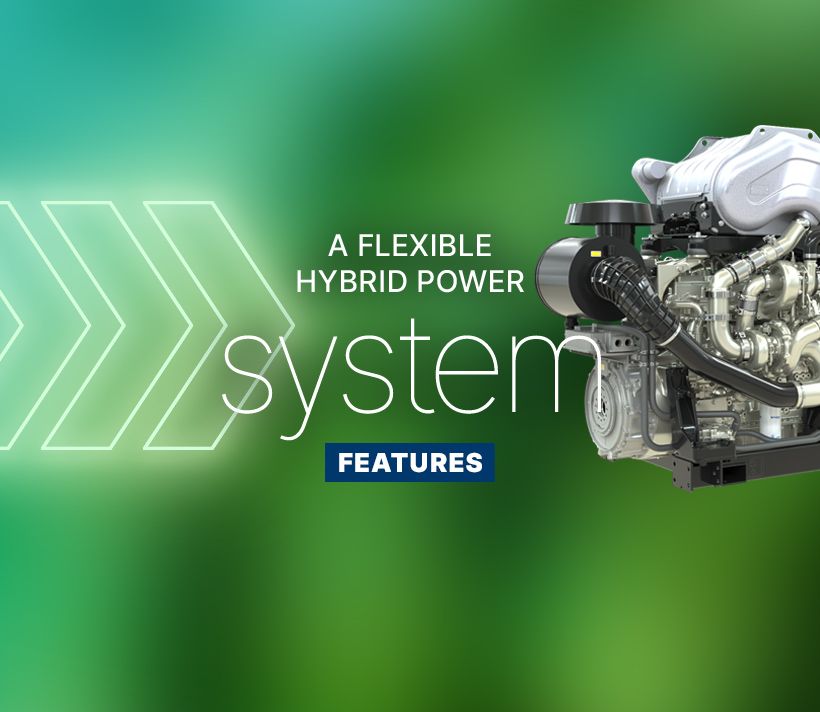It’s actually part of a carefully thought-out system that will tell you much of what you need to know about an engine once you learn how to read it.
Here is how it works. There are seven elements in an engine name:
Each attribute is indicated by either numbers or letters according to their location in the name.
This is indicated by the first group of numbers. If you round them off to the nearest 100, you now know the series. Perkins engine series currently run from 400 to 5000. The last digit in the number indicates the number of cylinders in that particular engine.
For example,

Emission standards vary all around the world and Perkins engines are built to meet local requirements wherever they may be operating. The letter immediately after the series and cylinders number indicates the emission standards that engine meets.
A - Fuel Optimised
B - Tier 1 equivalent
C - Tier 2 equivalent
D - Tier 3 equivalent
E - Tier 4 equivalent
EA - China Nonroad Stage IV
F - U.S. EPA Tier 4 Final
FA - India CPCB IV
J - EU Stage V / US EPA Tier 4 Final
All Perkins engines are either mechanically or electronically controlled. If there is no letter immediately after the hyphen it is a mechanically controlled engine. An E immediately after the hyphen tells you it is an electronically controlled engine.
The next two numbers indicate the displacement of the engine in litres.
If there is no letter following the displacement number, the engine is normally aspirated. A T indicates a turbocharged engine. A TA indicates a turbocharged and aftercooled engine and a TTA indicates a twin turbocharged and aftercooled engine.
Perkins engines are broadly divided into two different application categories. Engines intended for power generation are designed for constant speed operation, while those intended for industrial applications are designed to operate over a range of variable speeds. A final letter G indicates a constant speed engine and the lack of a final G indicated a variable speed industrial engine.
Now that the mystery has been removed, here are some examples of how to extract the information encoded into the name of a Perkins engine.
Just remember: Series, Cylinders, Emissions, Control, Displacement, Aspiration and Application and you will have one of the keys to finding the right Perkins engine for your next project, no matter where in the world it may happen to be.
Perkins’ collaboration with Trackunit, delivering real-time insights to customers, increasing productivity in the field.
Read moreFor industrial equipment rental, excellent technical support and parts availability is a necessity.
Read moreTo mark Agritechnica's 'Celebrate Farming Day', Powernews spoke to Andy Curtis, Customer Solutions Director at Perkins.
Read moreClever configuration options fulfil the current and future requirements of the industry.
Read moreWho keeps the lights on when the grid can’t? The power generation sector, of course. In the UK, its interests are represented by The Association of Manufacturers and suppliers of Power generating Systems (AMPS) – whose new director general, Alan Beech, came into post earlier this year.
Learn MoreOne alternative fuel option we’ve researched heavily and have accommodated in our diesel engines for more than a decade is hydrotreated vegetable oil (HVO) – which must meet the EN 5940 standard – with the Perkins® 400 to 5000 Series able to use up to 100% HVO.
Read moreIn part two of our spotlight on marine we talk with Ben Lewis commercial manager, Dave Wood, application and tech support team lead and Stuart Phillipson, marine application and tech support to find out more about what’s in development for the marine range.
Read moreWhy stick to one fuel, when you can have a configurable power system?
Read moreMore than just a curiosity, they offer us different routes to future food security.
Read morePerkins marine engines has an illustrious history. Meet the team behind the brand.
Read moreWho keeps the lights on when the grid can’t? The power generation sector, of course. In the UK, its interests are represented by The Association of Manufacturers and suppliers of Power generating Systems (AMPS) – whose new director general, Alan Beech, came into post earlier this year.
Learn MoreOne alternative fuel option we’ve researched heavily and have accommodated in our diesel engines for more than a decade is hydrotreated vegetable oil (HVO) – which must meet the EN 5940 standard – with the Perkins® 400 to 5000 Series able to use up to 100% HVO.
Read moreIn part two of our spotlight on marine we talk with Ben Lewis commercial manager, Dave Wood, application and tech support team lead and Stuart Phillipson, marine application and tech support to find out more about what’s in development for the marine range.
Read more

